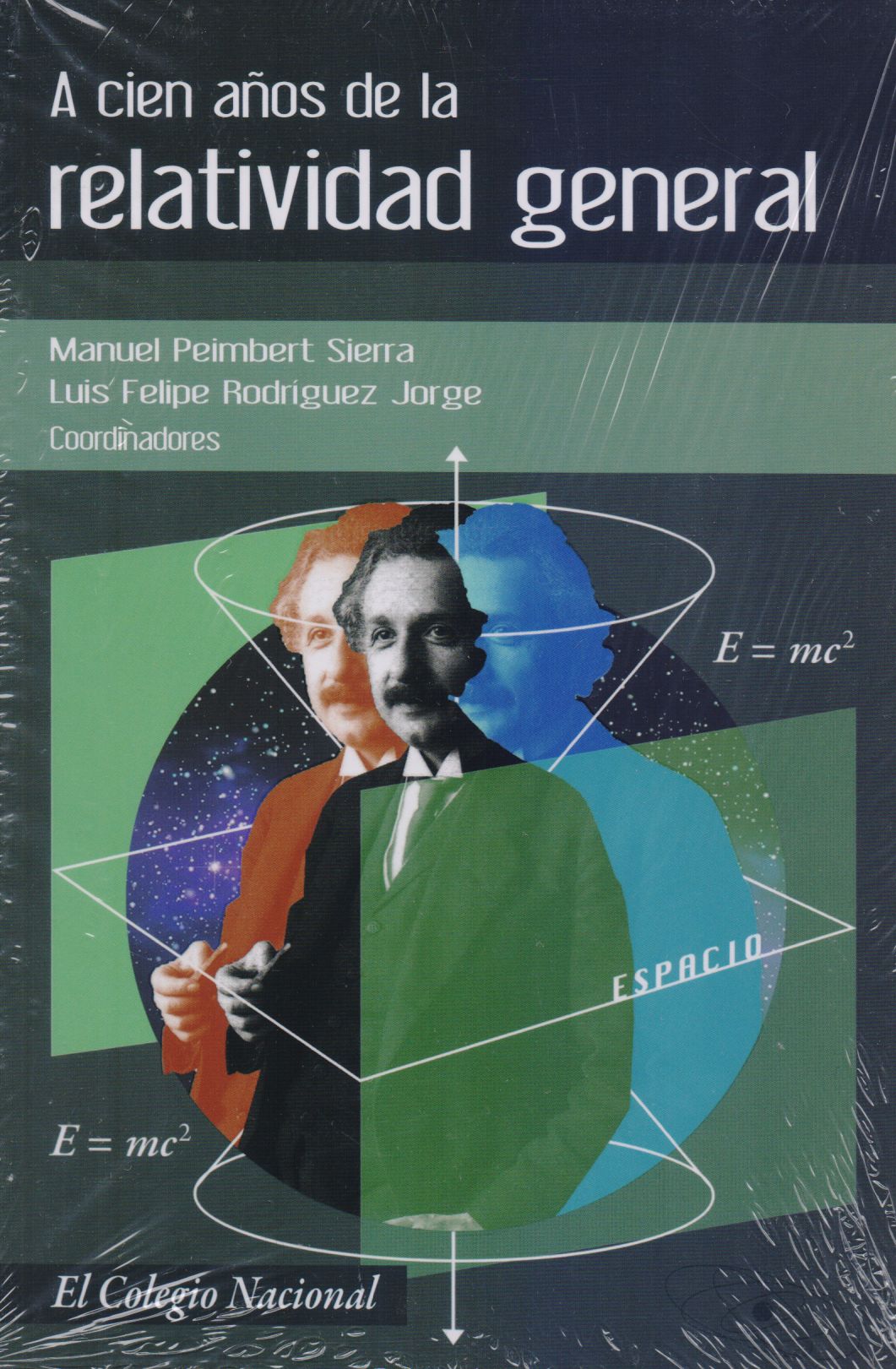Libros relacionados
 |
A Cien Años de la Relatividad General Peimbert Sierra, Manuel / Rodríguez Jorge, Luis Felipe Colegio Nacional |
 |
Physics And Mathematical Tools: Methods And Examples Alastuey, Angel / Clusel, Maxime / Magro, Marc / Pujol, Pier World Scientific |


|
Título: Emats For Science And Industry Noncontacting Ultrasonic Measurements | |
| Autor: Hirao, Masahiko; Ogi, Hirotsugu | Precio: $3112.50 | |
| Editorial: Kluwer Academic Publishers | Año: 2003 | |
| Tema: Fisica | Edición: 1ª | |
| Sinopsis | ISBN: 9781402074943 | |
| EMATs for Science and Industry comprises the physical principles of electromagnetic acoustic transducers (EMATs) and the applications to scientific and industrial ultrasonic measurements on materials. The text is arranged in four parts:
-PART I is intended to be a self-contained description of the basic elements of coupling mechanism along with practical designing of EMATs for various purposes. There are several implementations to compensate for the low transfer efficiency of the EMATs. Useful tips to make an EMAT are also presented. -PART II describes the principle of electromagnetic acoustic resonance (EMAR), which makes the most of contactless nature of EMATs and is the most successful amplification mechanism for precise velocity and attenuation measurements. -PART III applies EMAR to studying the physical acoustics. New measurements emerged on three major subjects; in situ monitoring of dislocation behavior, determination of anisotropic elastic constants, and acoustic nonlinearity evolution. -PART IV deals with a variety of individual topics encountered in industrial applications, for which the EMATs are believed to the best solutions. The authors' work in this area has shown Electromagnetic acoustic resonance (EMAR) to be applicable not only to the acoustoelastic stress measurements, but also to many other nondestructive evaluation issues, including the determination of attenuation in solids. Noncontact measurement with high enough signal intensity was striking. Basic preconditions of theoretical approaches were realized by eliminating artifacts caused by the contact transducers. EMAR thus illuminated antiquated theories, which were accepted to be of little use or limited to qualitative interpretation of observations. It also uncovered interesting phenomena. Continuous monitoring of attenuation and acoustic nonlinearity resulted in the detection of ongoing microstructure evolutions in deforming or fatiguing metals. The aim of this book is to provide practical answers to the needs of ultrasonic measurements as well as an understanding of a novel methodology. |
||
Librería Bonilla SA de CV © Todos los derechos reservados. 2019
Última actualización: Jul 2019




